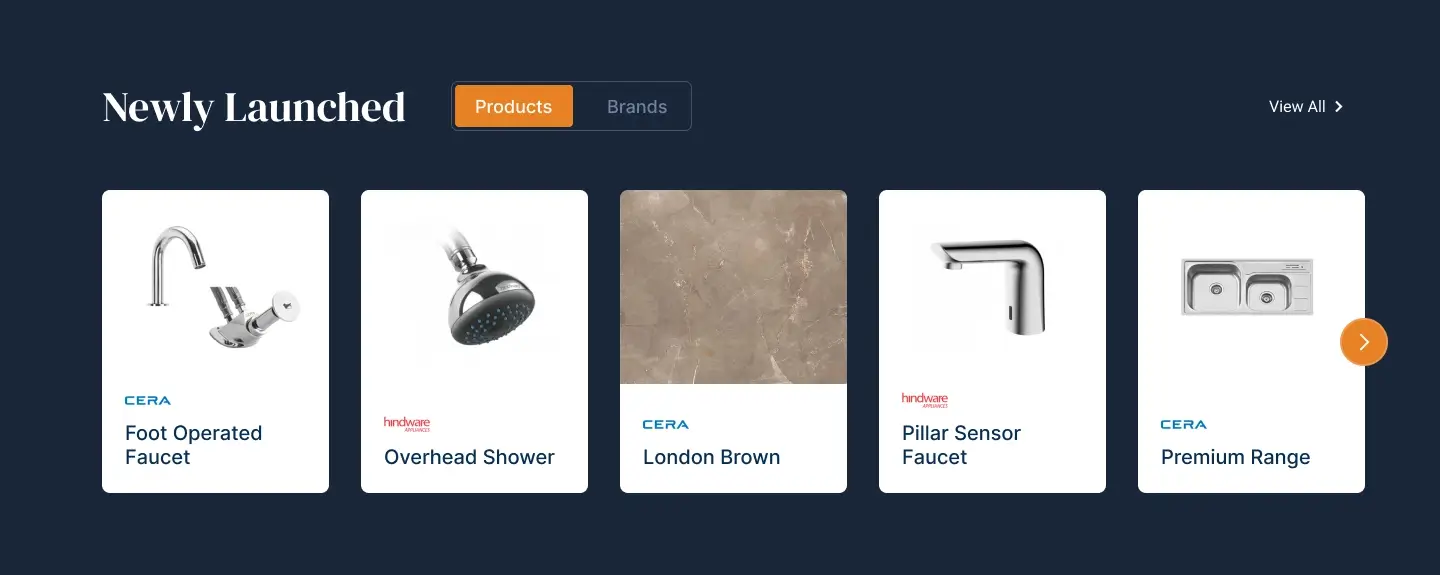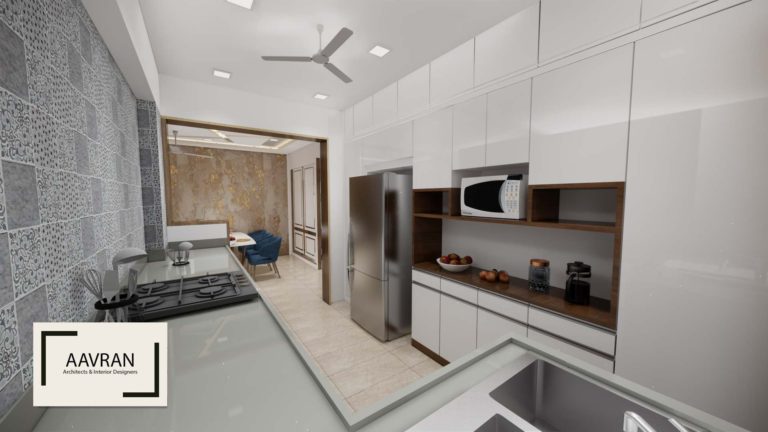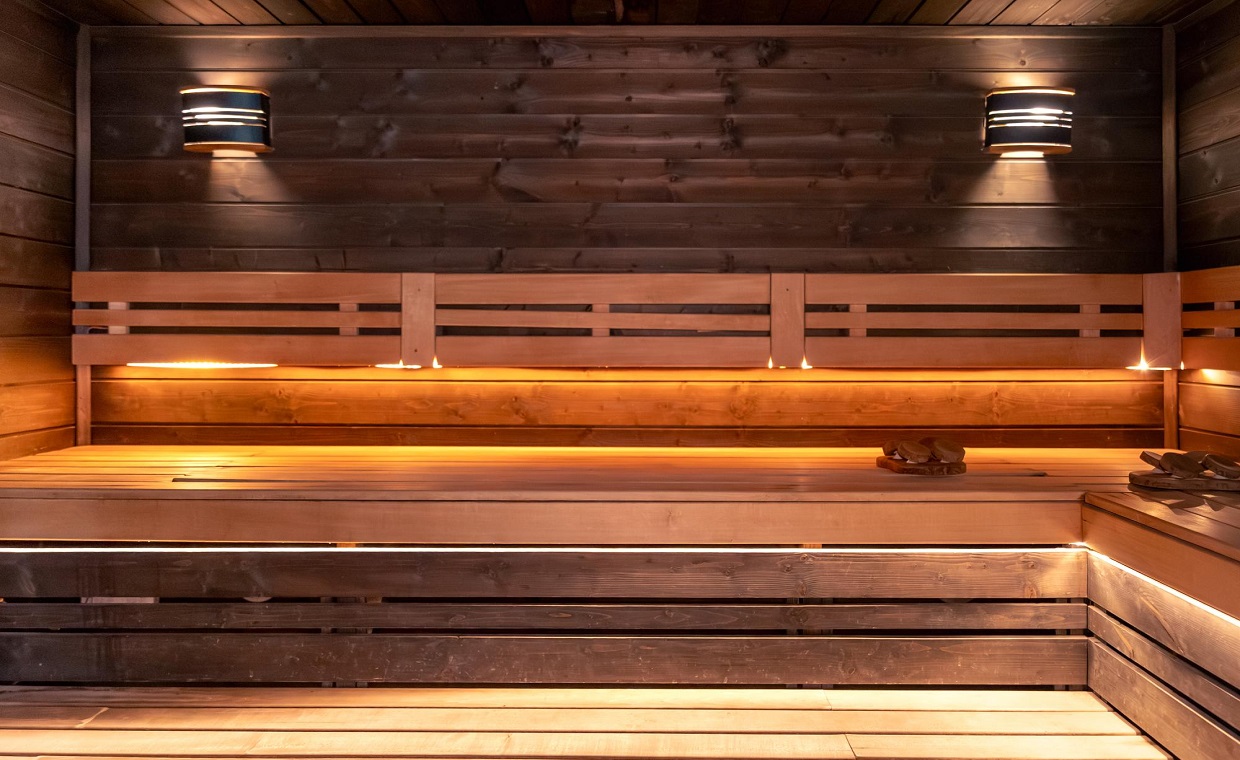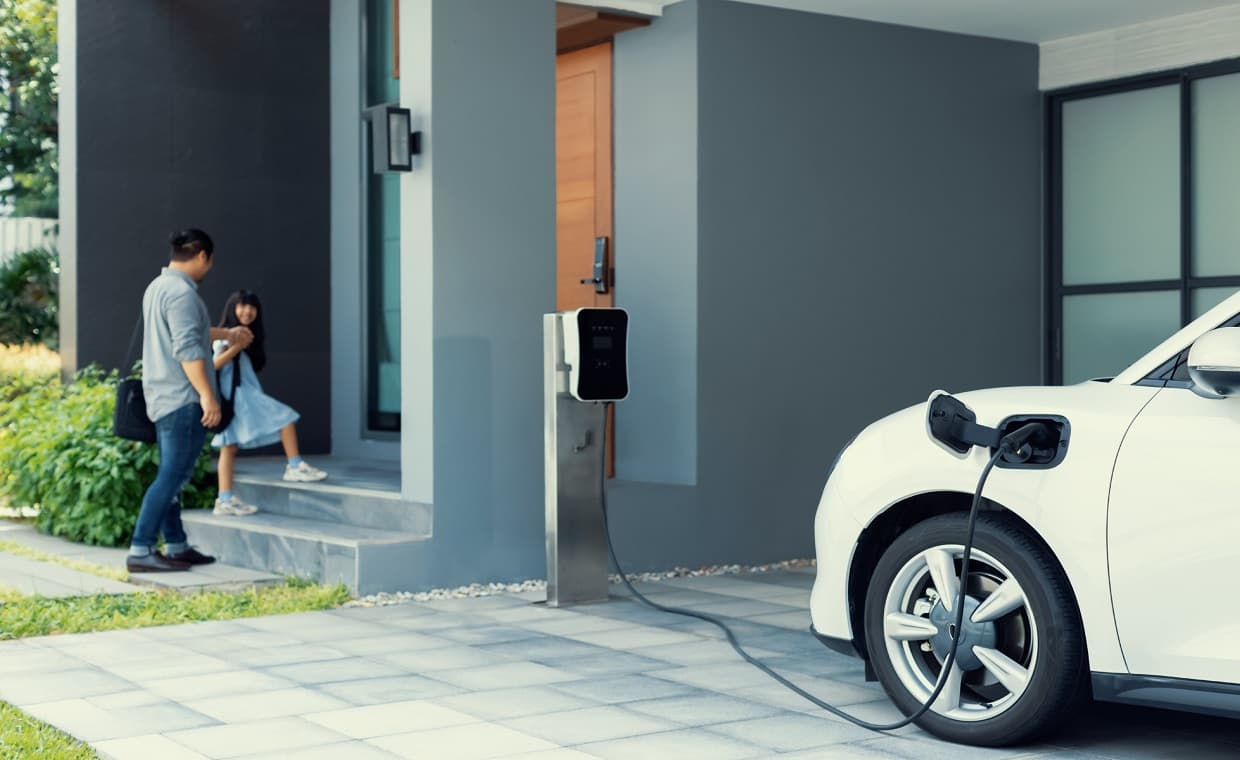
Table of Contents
Quick Summary
- Understand the importance of EV chargers in modern homes.
- Detailed comparison of Level 1 and Level 2 charging options.
- Steps to integrate a charger into your home’s electrical system.
- Considerations like panel capacity, permits, and professional installation.
- Benefits of combining EV charging with solar panels and smart home technology.
- Impact on property value and market appeal.
- FAQs addressing cost, readiness without an EV, and solutions for multi-unit buildings.
As electric vehicles (EVs) become mainstream, the infrastructure of the modern home is evolving alongside them. One of the most valuable and forward-thinking upgrades homeowners can make today is the installation of a home EV charging station.
Whether you’re working with a certified electrician in San Francisco or another experienced professional, installing a charger is not just about powering a car-it’s about enhancing your home’s energy system, improving property value, and preparing for a sustainable future. More than ever, smart homeowners are choosing EV charger installation in San Francisco and other urban areas as part of a comprehensive approach to electrical modernization.
Why EV Chargers are Now a Part of Home Design
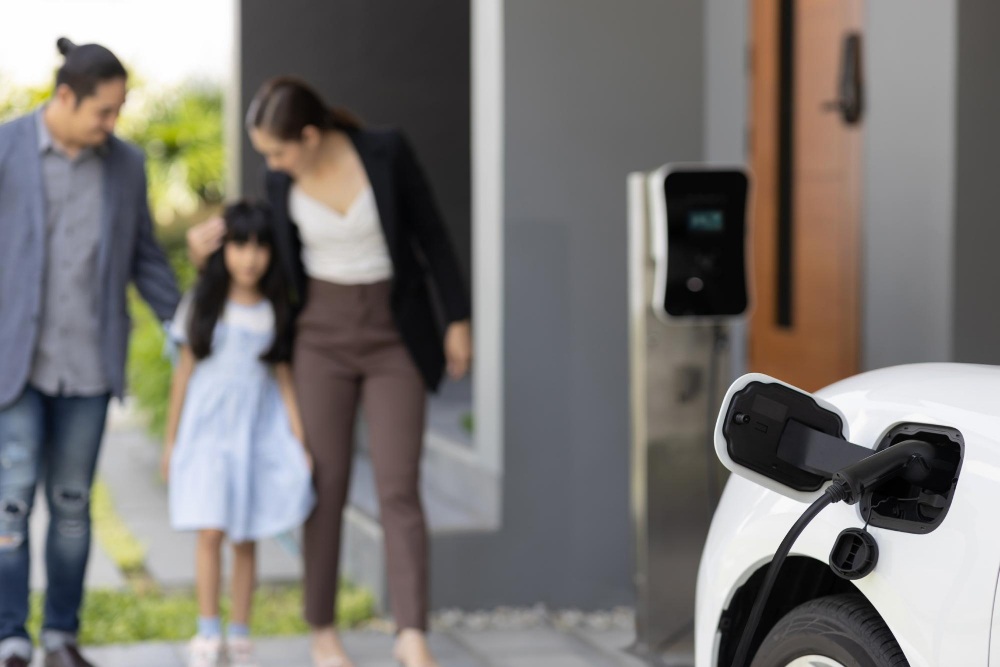
EV chargers are no longer considered a luxury or “car gadget.” Instead, they’re being viewed as part of the core infrastructure of a home-alongside electrical panels, HVAC systems, and internet wiring.
Why this matters:
- Electric vehicles are on track to dominate the automotive market.
- Governments are encouraging home EV readiness with rebates and legislation.
- Buyers increasingly expect homes to include EV charging as a baseline feature.
In fact, homes with pre-installed Level 2 chargers are already fetching higher prices and selling faster in forward-thinking housing markets.
What You Need to Know About EV Charging at Home
There are two primary levels of EV charging:
Level 1 (Standard Outlet)
- Uses a 120V household outlet
- Slow charging (20–24+ hours for full charge)
- Works for plug-in hybrids or light use
Level 2 (240V Dedicated Circuit)
- Fast charging (4–6x faster than Level 1)
- Requires a 240V circuit and a professional installation
- Ideal for full EVs and overnight charging
For most homeowners, Level 2 is the practical choice-especially for daily commuting, convenience, and future resale value.
Preparing Your Home’s Electrical System
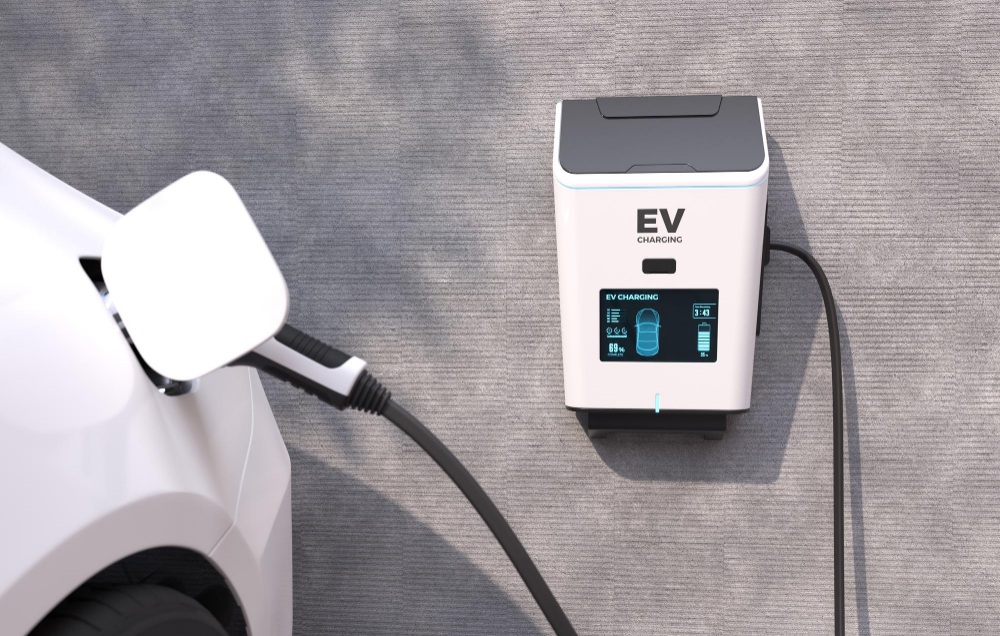
Installing a Level 2 charger means engaging with your home’s core electrical system. Key considerations include:
- Panel capacity: Many homes may need upgrades from 100A to 200A service.
- Circuit space: Is there room in the breaker box for a dedicated line?
- Wiring distance and installation path: More distance = higher complexity.
- Permits and inspections: Especially critical in regulated areas like San Francisco.
This is where hiring a local, experienced electrician in San Francisco becomes crucial-they’ll assess load capacity, manage permitting, and ensure a safe, code-compliant installation.
The Installation Process: Step by Step
1. Assessment
- Inspection of panel, garage, or driveway
- Discussion of desired charger model and usage
2. Planning and Permits
- Electrical load calculations
- Filing for permits if required
3. Installation
- Wiring, conduit runs, and charger mounting
- Panel upgrades if needed
4. Inspection and Activation
- Local inspection
- Testing of full system functionality
For EV charger installation in San Francisco and similar high-density regions, professionals familiar with local codes ensure a faster and smoother process.
Solar, Smart Homes & Energy Efficiency
An EV charger can be part of a broader smart energy strategy:
- Solar panels: Charge your EV using sunlight-cut energy bills and emissions.
- Battery storage: Store energy to charge overnight or during outages.
- Smart grid sync: Schedule charging for off-peak hours to reduce costs.
Many homeowners bundle EV charger installation with solar upgrades to maximize energy independence and long-term value.
Property Value & Market Appeal
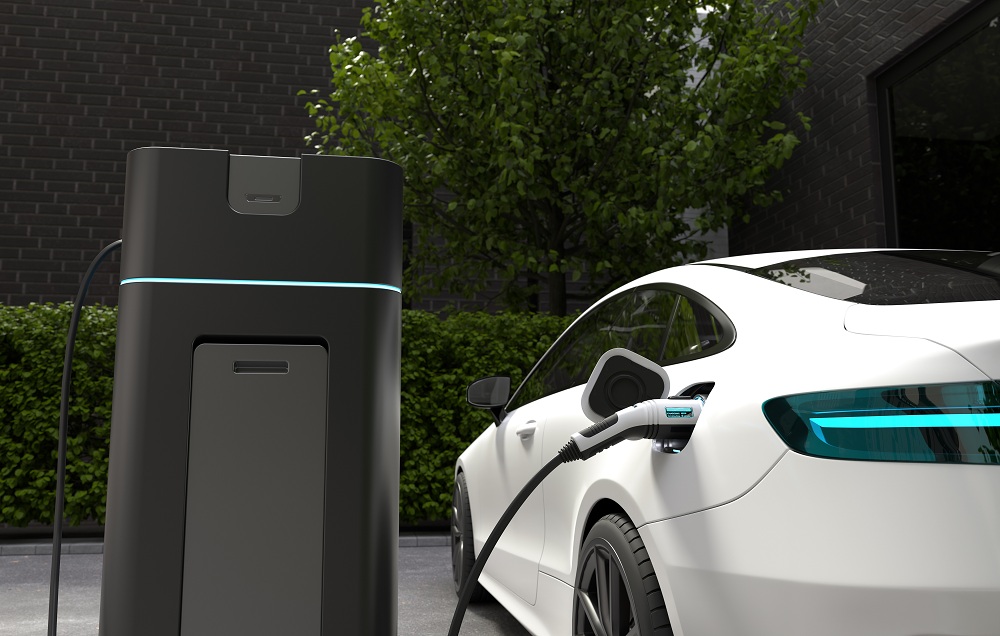
- Boost resale potential: Buyers value move-in-ready homes with future tech.
- Appeal to renters: For landlords, this is a selling point for eco-conscious tenants.
- Energy-efficient reputation: A visible commitment to sustainability.
Even if you don’t currently drive an EV, this upgrade signals that your home is prepared for the next era of transportation.
Final Thoughts
EV charging at home is no longer a tech luxury-it’s becoming a core part of the residential energy ecosystem. As more cities and homeowners embrace sustainable living, the demand for reliable, professionally installed chargers will only grow.
Whether you’re upgrading your electrical system, improving your home’s market appeal, or simply planning for the future, installing an EV charger is one of the smartest decisions you can make today.
Also Read: 5 Signs You Need a Switchboard Upgrade to Protect Your Home
FAQs Regarding Integration of EV Charging Station
- Isn’t it expensive?
Prices vary but are often between $800–$2000. Rebates and credits can significantly reduce the cost. - What if I don’t have an EV yet?
Installing the charger now ensures you’re prepared-and makes your home more marketable. - What if I live in a multi-unit building?
Many apartments and condos are now installing shared charging infrastructure. A good electrician can work with your HOA or landlord to find solutions.



